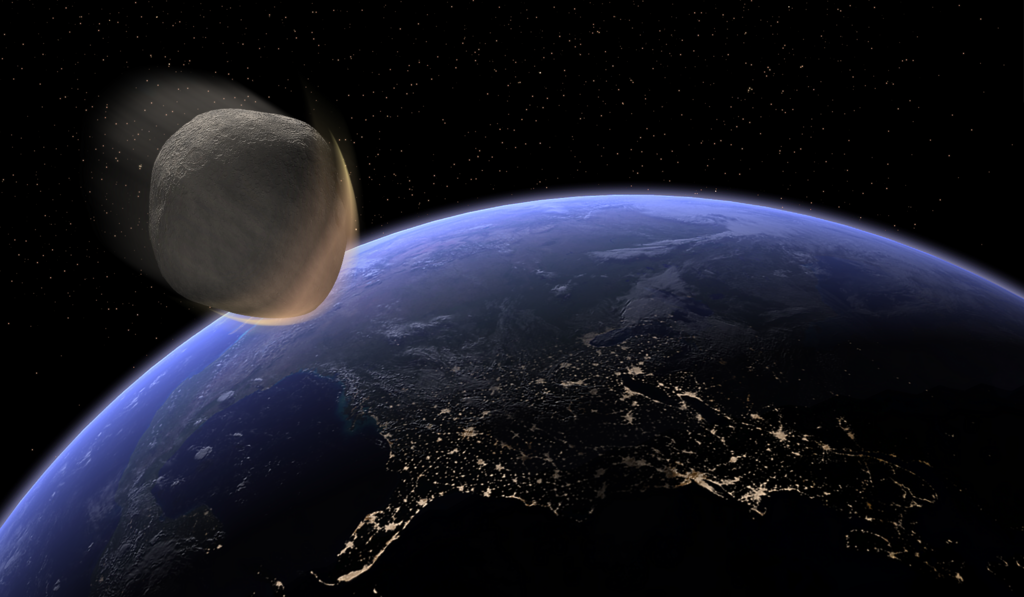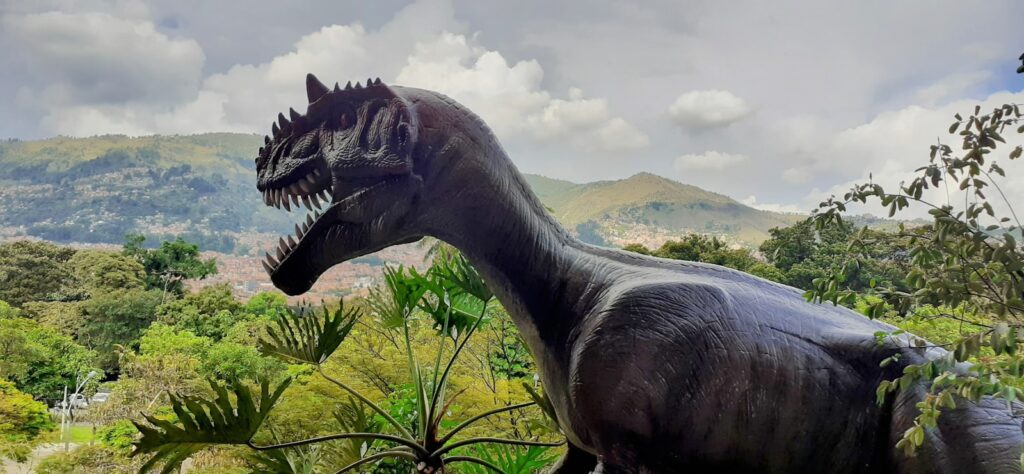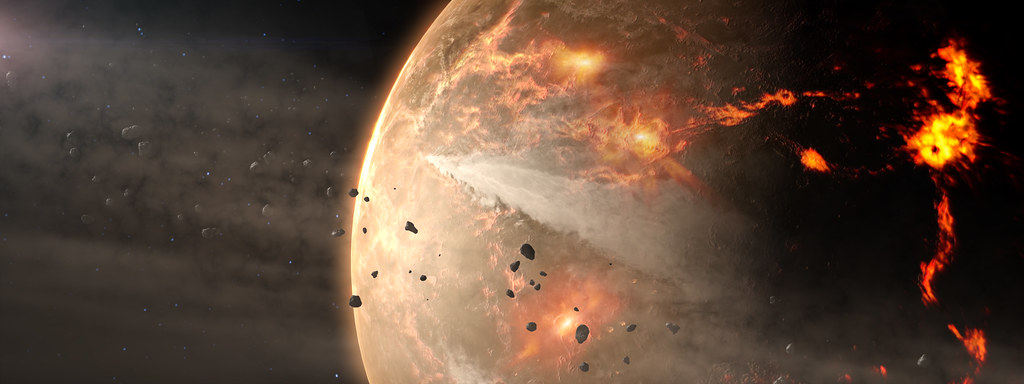Imagine living through one of Earth’s most catastrophic periods – a time when colossal asteroids slammed into our planet, massive volcanoes erupted for hundreds of thousands of years, and global climate systems spiraled into complete chaos. This wasn’t science fiction. This was reality roughly sixty-six million years ago, and it completely changed the course of life on our planet forever.
The Asteroid That Changed Everything
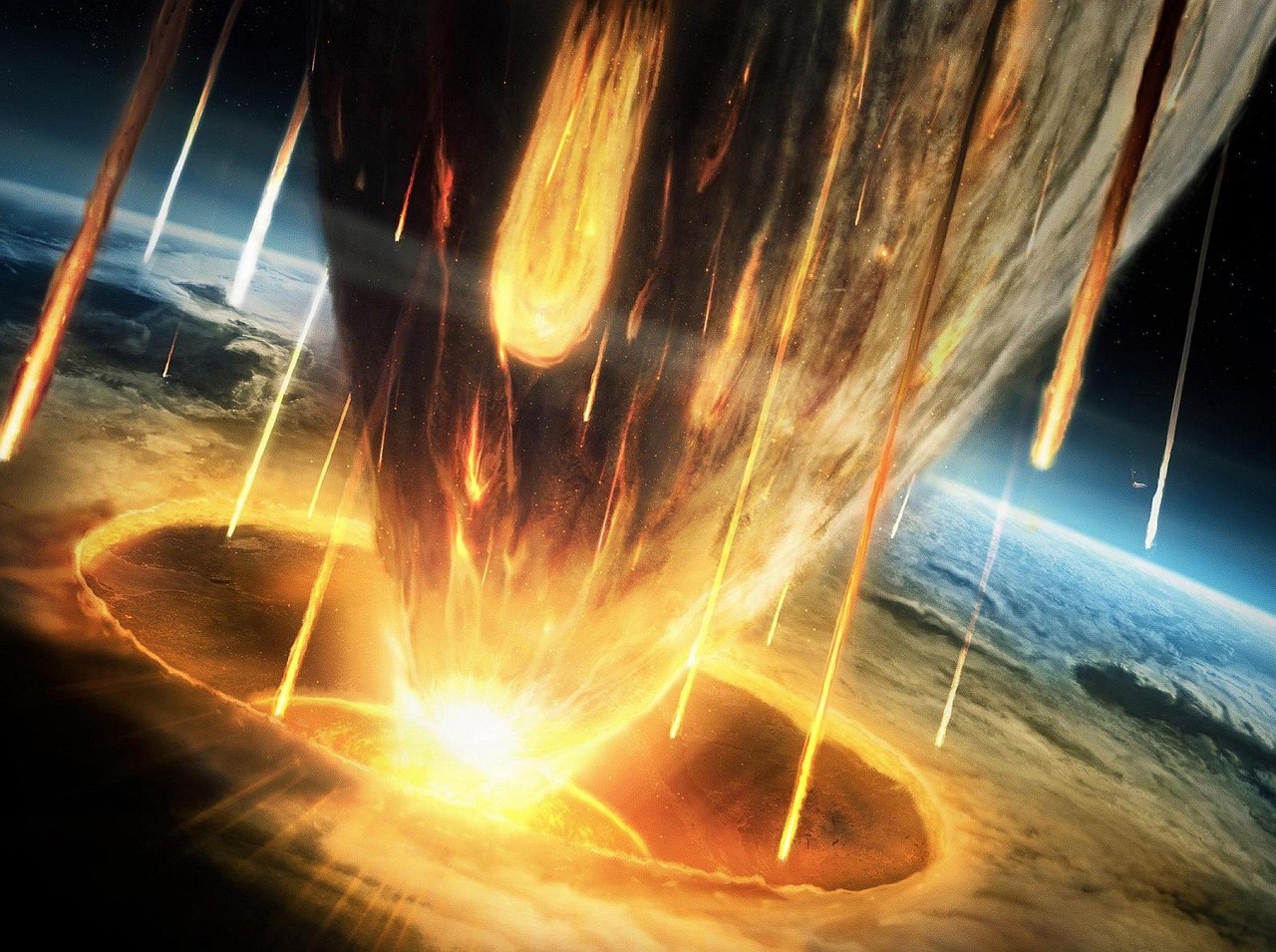
The extinction of all non-avian dinosaurs was caused by an asteroid about ten kilometers in diameter that struck Earth. Picture something the size of Mount Everest hurtling through space at thousands of miles per hour and slamming into what we now know as Mexico. The resulting Chicxulub crater is estimated to be 180 kilometers (110 miles) in diameter and 20 kilometers (12 miles) in depth.
The enormous amount of energy generated by this impact was equivalent to 10 thousand times the world’s nuclear arsenal. When you think about the most powerful nuclear weapons ever created and then multiply that destruction by ten thousand, you begin to grasp the sheer scale of devastation. The asteroid hit at high velocity and effectively vaporised, making a huge crater with total devastation in the immediate area.
But the immediate destruction was only the beginning of Earth’s nightmare. A huge blast wave and heatwave went out and threw vast amounts of material up into the atmosphere. The impact triggered a chain reaction that would fundamentally alter our planet’s climate and ecosystems.
When the Sun Disappeared
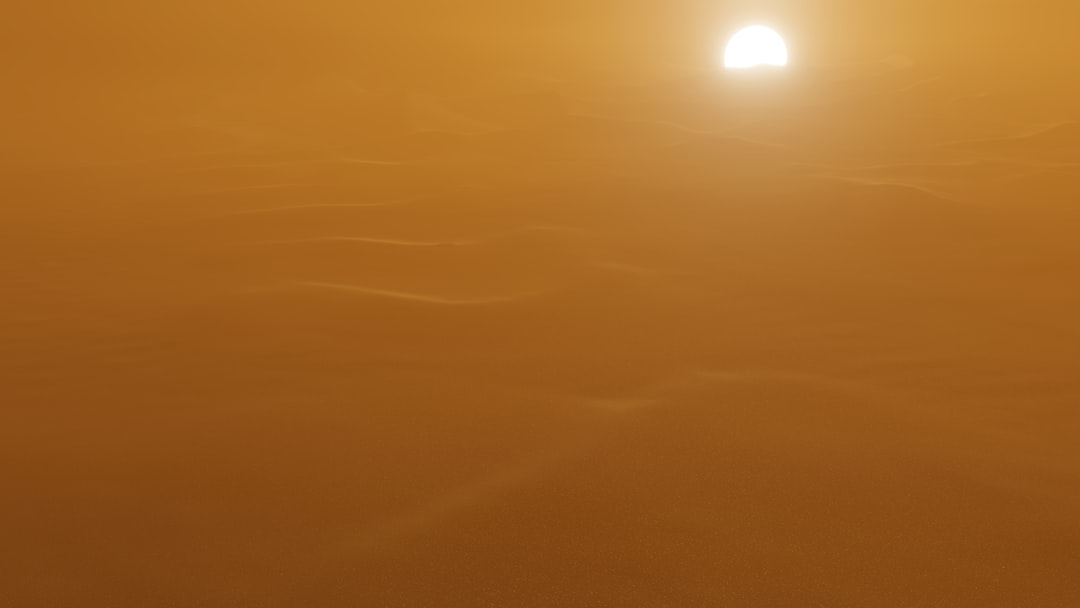
Fine silicate dust from pulverized rock stayed in the atmosphere for 15 years, dropping global temperatures by up to 15 degrees Celsius. Imagine fifteen years of winter – not just any winter, but a global deep freeze that blocked out the sun and turned Earth into a frozen wasteland. It didn’t completely block out the Sun, but it reduced the amount of light that reached the Earth’s surface.
The dust particles “totally shut down photosynthesis” in plants for at least a year, causing a “catastrophic collapse” of life. Without photosynthesis, the foundation of virtually every food chain on Earth crumbled. Plants died, herbivores starved, and carnivores followed shortly after. Researchers estimate that everything starved to death within a couple of decades.
The scale of this biological disaster is hard to comprehend. It is estimated that 75% or more of all animal and marine species on Earth vanished. This wasn’t just about dinosaurs – entire ecosystems collapsed across the globe.
The Volcanic Nightmare from Hell
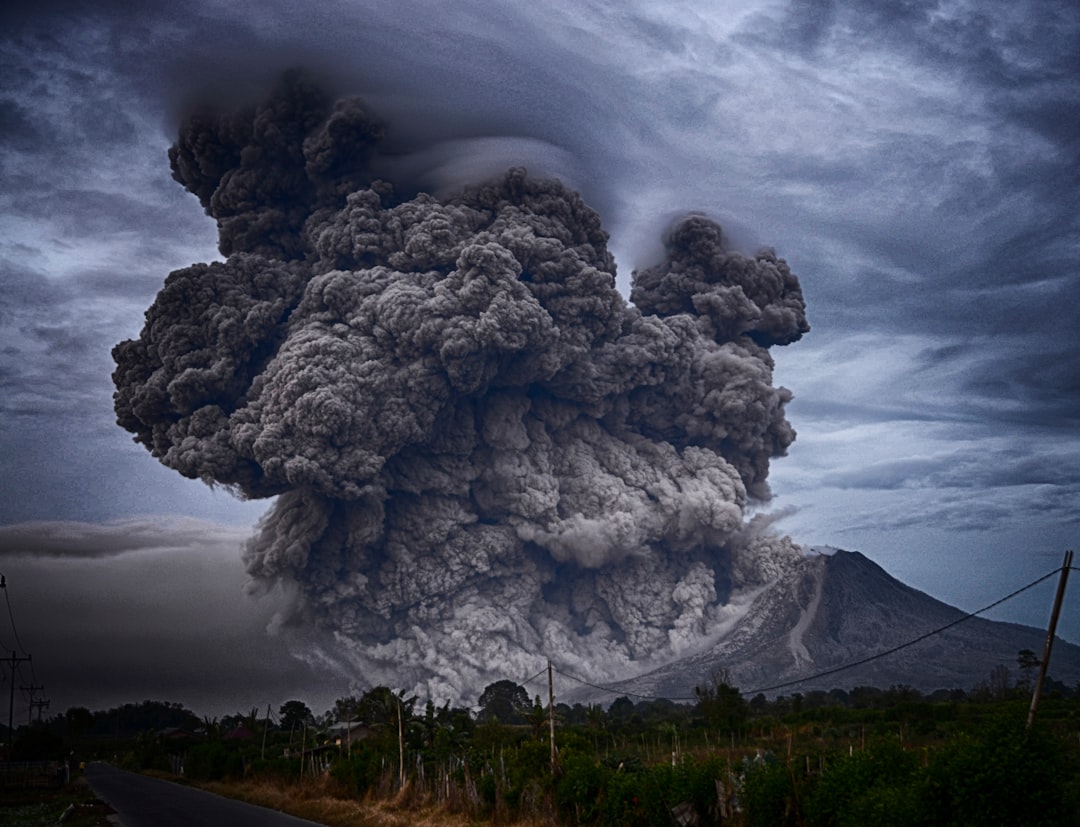
While the asteroid was delivering its devastating blow, Earth was already suffering from another catastrophic event. About 66 million years ago, a massive volcano erupted lavas in India that are now called the Deccan Traps, burying much of the subcontinent under more than 2,000 meters (6,560 feet) of basalt and pouring poisonous gases into the atmosphere. Imagine volcanic eruptions so massive they could cover an area the size of Texas with lava flows over a mile thick in some places.
Volcanic activity of this magnitude would have spewed out huge amounts of carbon dioxide into the atmosphere, causing greenhouse warming, while eruptions would have also caused levels of toxic gases like sulfur and chlorine to rise, resulting in acid rain and further damaging the global environment. These weren’t ordinary volcanic eruptions – they were among the most violent geological events in Earth’s history.
The eruptions occurred over a 600–800,000 year time period between around 66.3 to 65.6 million years ago, spanning the Cretaceous–Paleogene boundary. This means dinosaurs were dealing with toxic atmospheric conditions and climate chaos for hundreds of thousands of years before the asteroid even hit.
A Perfect Storm of Environmental Chaos
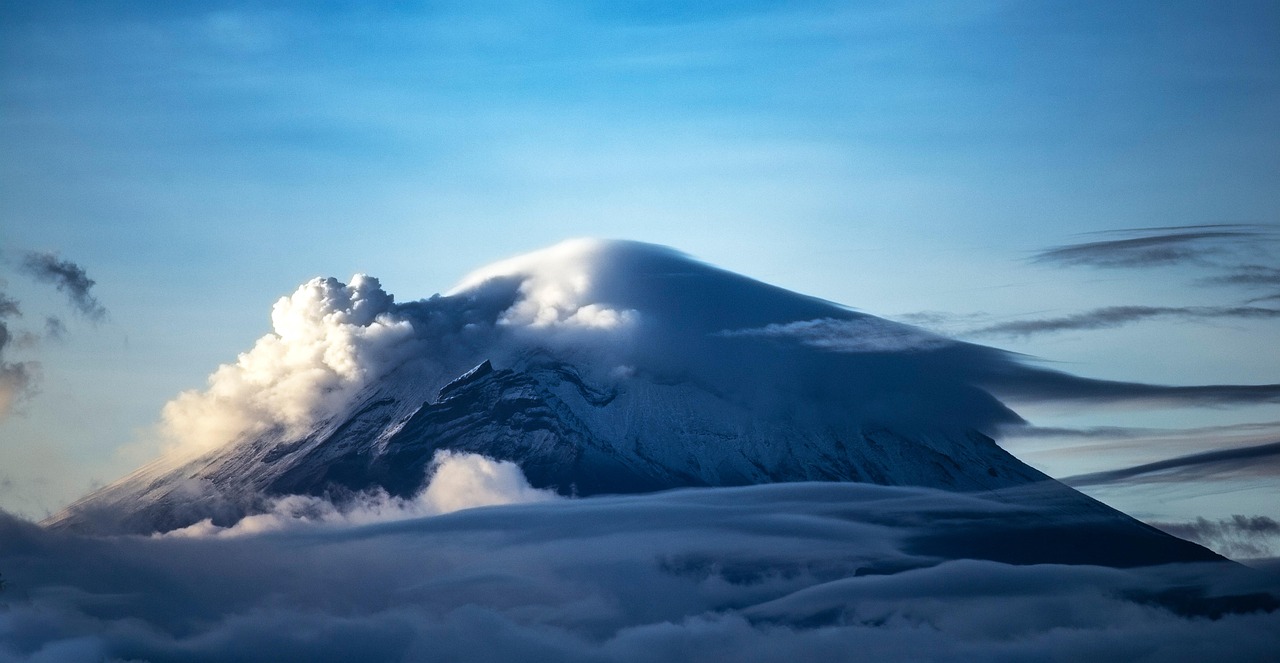
Some 400,000 years before the asteroid impact, the planet gradually warmed by some 5°C, only to plunge in temperature right before the mass extinction. The dinosaurs weren’t just hit by one catastrophic event – they were caught in a deadly sequence of environmental disasters that created a perfect storm of extinction.
In this scenario, terrestrial and marine communities were stressed by changes in and loss of habitats, with dinosaurs, as the largest vertebrates, being the first affected by environmental changes, causing their diversity to decline. Even before the final blow, ecosystems were already under tremendous pressure.
The volcanic eruptions could have injected massive amounts of greenhouse gases and particles into the atmosphere, changing Earth’s climate in ways that stressed out late Cretaceous life, then the impact’s nuclear winter would have sharply cooled Earth and caused ecosystems to collapse. It was literally a one-two punch that no large terrestrial animal could survive.
The Sulfur Death Cloud
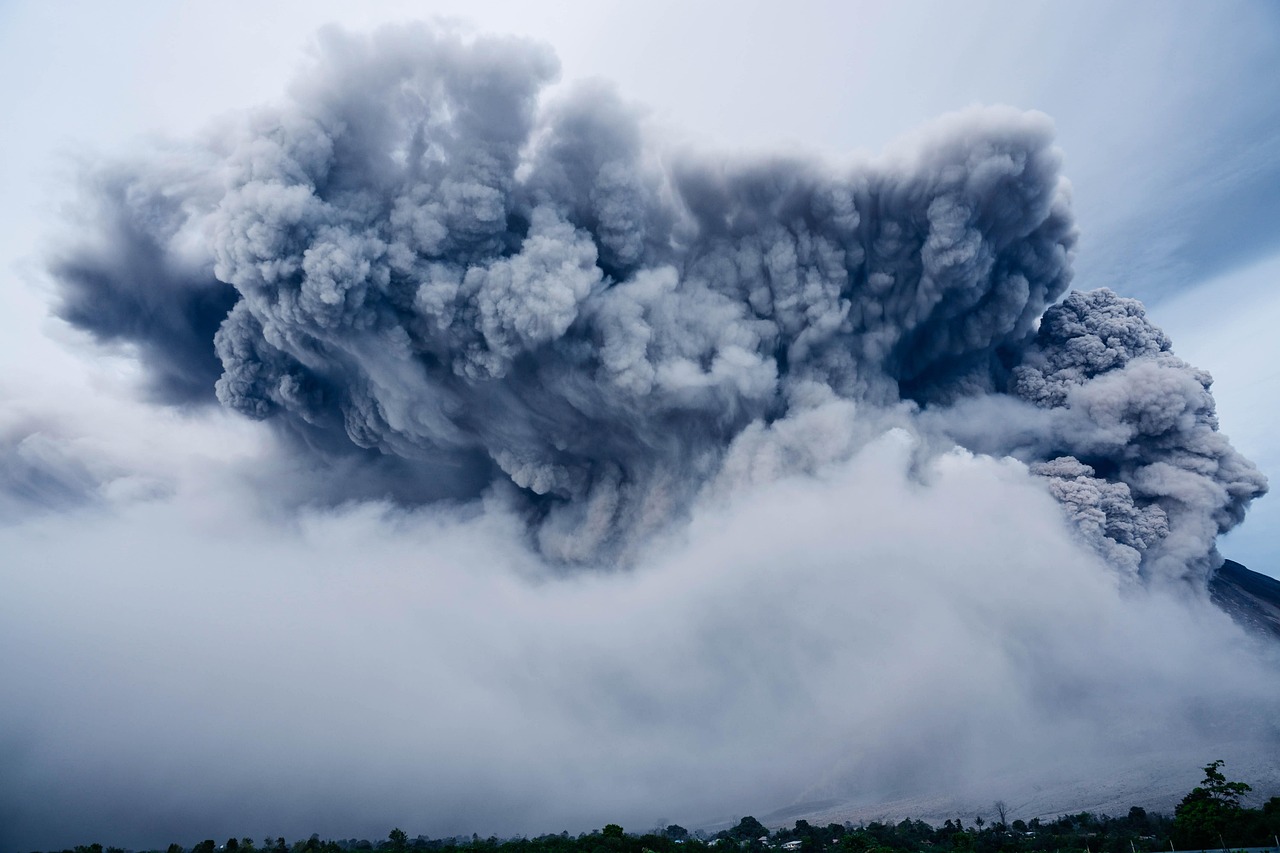
On impact, the asteroid hurled some 35 billion to 770 billion tons of sulfur high into the atmosphere, along with other materials. The location of the impact couldn’t have been worse for life on Earth. If this asteroid had struck almost any other place on Earth, it wouldn’t have generated the tremendous amount of sulfur that was spewed into the atmosphere to create such devastating, worldwide climate change.
Atmospheric sulfur rapidly forms sulfate aerosols, which can reflect incoming solar radiation and cool the planet for many years after an impact-generated plume has dissipated. Six months of total darkness and 10 years of global freezing ultimately destroyed the dinosaurs and many other organisms. The sulfur didn’t just block the sun – it created a toxic atmospheric cocktail that poisoned the air and water.
Why Dinosaurs Couldn’t Adapt
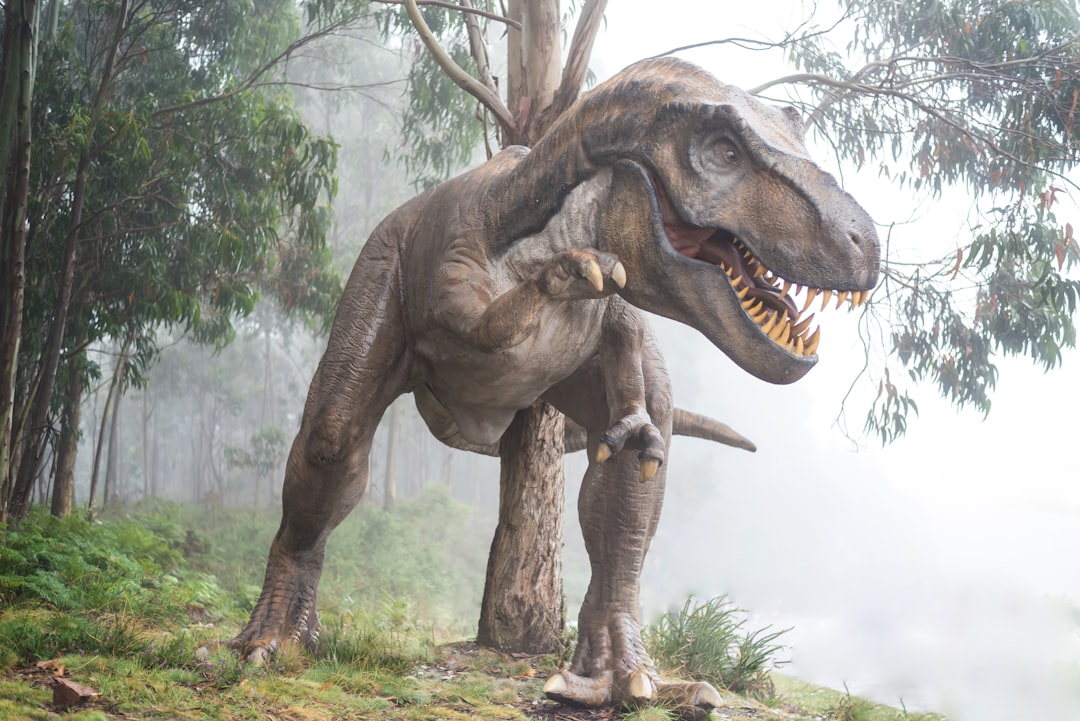
The decline of dinosaurs was likely driven by global climate cooling and herbivorous diversity drop. The climate was cooling and dinosaurs were ill-designed for a colder planet, as they were mesothermal creatures, meaning they needed a warm climate to survive and reproduce. Unlike mammals, which could regulate their body temperature and survive in burrows, large dinosaurs were trapped by their own biology.
A physiological explanation for the cooling-driven extinction could be that if sex determination in dinosaurs was temperature dependent, as in crocodiles and turtles, sex switching of embryos could have contributed to diversity loss with a cooling global climate at the end of the Cretaceous. As temperatures dropped, entire generations of dinosaurs may have been born as a single sex, making reproduction impossible.
The rate with which they needed to reproduce to accomplish evolutionary changes that could sustain their species through climate change did not happen – they had fewer offspring, and the massive diversification they needed could not be carried out with so few of them.
The Ecosystem Collapse
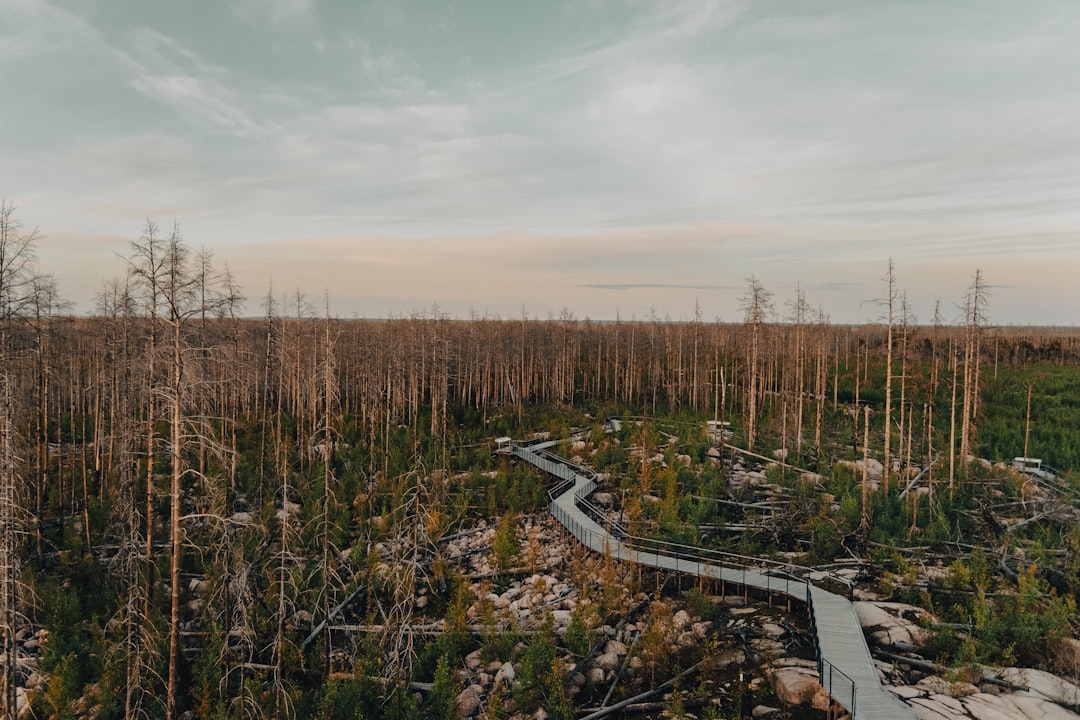
Like dominos, this had knock-on effects up the food chain, causing the ecosystem to collapse. The extinction wasn’t just about individual species dying – it was about the complete breakdown of the interconnected web of life that had supported dinosaurs for over 150 million years.
The late cretaceous period saw gradual and subtle restructuring of terrestrial ecosystems, making them more vulnerable to catastrophic collapse, potentially brought about by multiple evolutionary and ecological changes related to climate change, the increasing dominance of flowering plants, and fluctuations in the diversity and abundance of particular dinosaur groups. The stage was already set for disaster when the asteroid arrived.
The crash would have caused acid rain and darkness, as particulate matter blocked sunlight, prohibiting photosynthesis in both land and water ecosystems, effectively shutting down large swaths of the food chain. Ocean ecosystems collapsed alongside terrestrial ones, creating a global ecological catastrophe from which only the smallest and most adaptable creatures could recover.
The Survivors’ Story
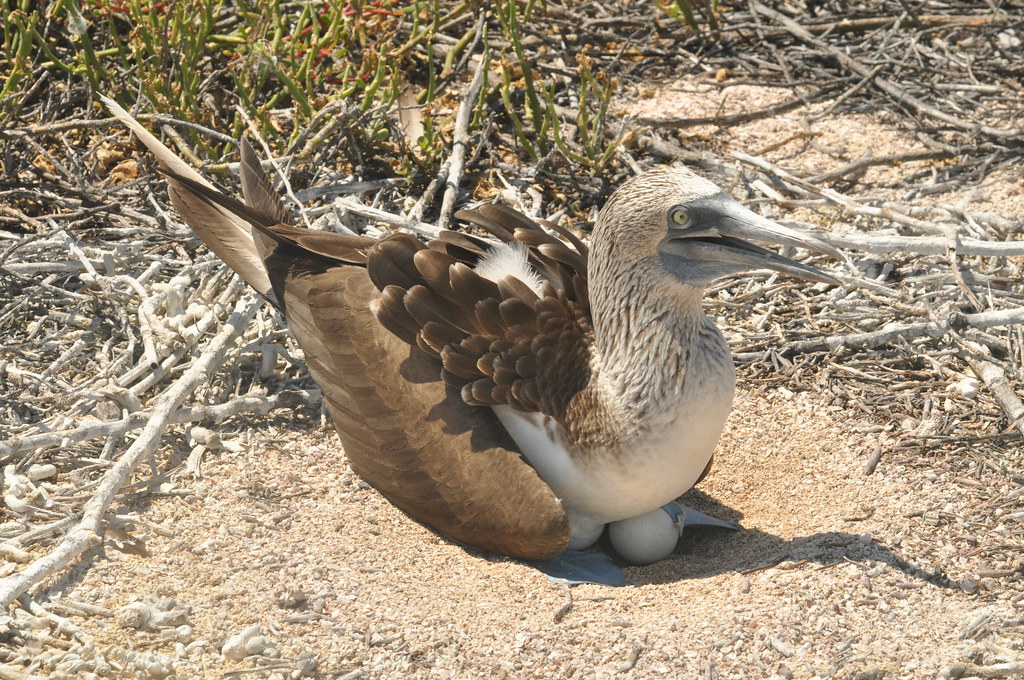
All land animals weighing over 25 kilogrammes died out, with all of the non-bird dinosaurs dying out, but dinosaurs survived as birds with some types of bird going extinct, but the lineages that led to modern birds survived. The key to survival wasn’t size or strength – it was the ability to adapt quickly to radically changed conditions.
During the Cretaceous extinction event, plants were less affected than animals because their seeds and pollen can survive harsh periods for longer, and after the dinosaurs’ extinction, flowering plants dominated Earth, continuing a process that had started in the Cretaceous. Small mammals, which could burrow underground and survive on seeds and detritus, inherited a world that had been completely transformed.
The extinction also provided evolutionary opportunities: in its wake, many groups underwent remarkable adaptive radiation – sudden and prolific divergence into new forms and species. The death of the dinosaurs opened up ecological niches that allowed mammals and birds to diversify and eventually dominate the planet.
Now we live on a world shaped by one of the most catastrophic events in Earth’s history. The next time you see a bird flying overhead, remember – you’re looking at a living dinosaur, one of the few survivors of a global catastrophe so severe it literally changed the course of evolution itself. Makes you wonder what other cosmic surprises might be waiting out there in space, doesn’t it?


